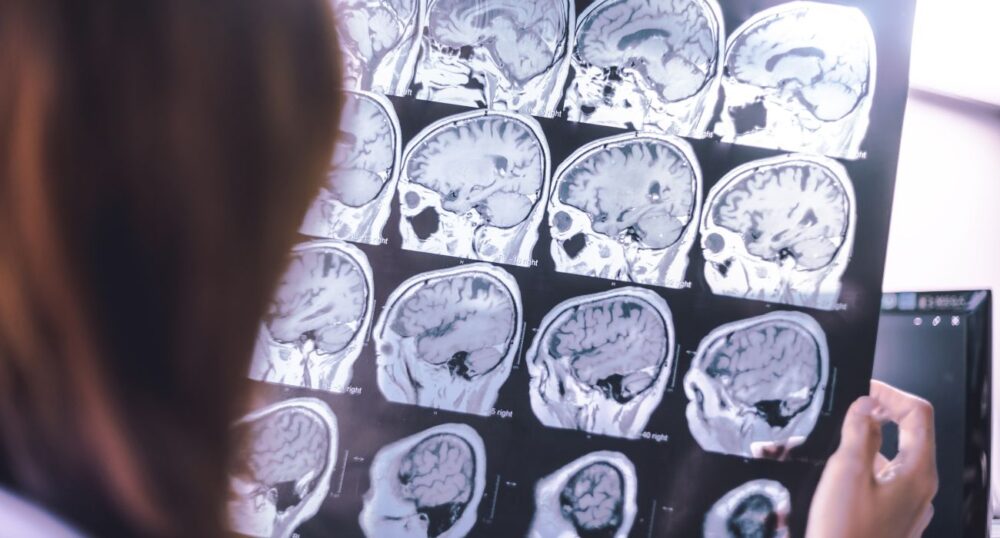Scientists have invented a new way to predict the emergence of dementia years ahead of a diagnosis.
Research published in Nature Aging on February 12 details a study in which scientists analyzed biomarkers in the blood of 52,645 adults without dementia in the United Kingdom Biobank. This study featured 1,417 incident cases and a follow-up time of just over 14 years.
These scientists observed 1,463 plasma proteins, concluding that four proteins, NEFL, GFAP, GDF15, and LTBP2, had been “consistently associated” with mental diseases such as all-cause dementia, vascular dementia, and Alzheimer’s disease with 90% accuracy.
The researchers believe these markers can predict dementia in a patient up to 15 years before diagnosis, noting GFAP as an “optimal biomarker.” These prediction models may also provide a method of early prevention and treatment.
“Individuals with higher GFAP levels were 2.32 times more likely to develop dementia. Notably, GFAP and LTBP2 were highly specific for dementia prediction,” read the study.
“Studies such as this are required if we are to intervene with disease-modifying therapies at the very earliest stage of dementia,” said Amanda Heslegrave, a neuroscientist from the University College London, according to Nature.
Heslegrave said that the study needs to be repeated so scientists can differentiate between the diseases and screen for them, noting that these endeavors should be a priority.
This study is among the most recent studies made to aid those who have dementia and Alzheimer’s. Eli Lilly and Co. announced in May last year that their new experimental drug could slow the progression of Alzheimer’s Disease, as previously reported by The Dallas Express.

